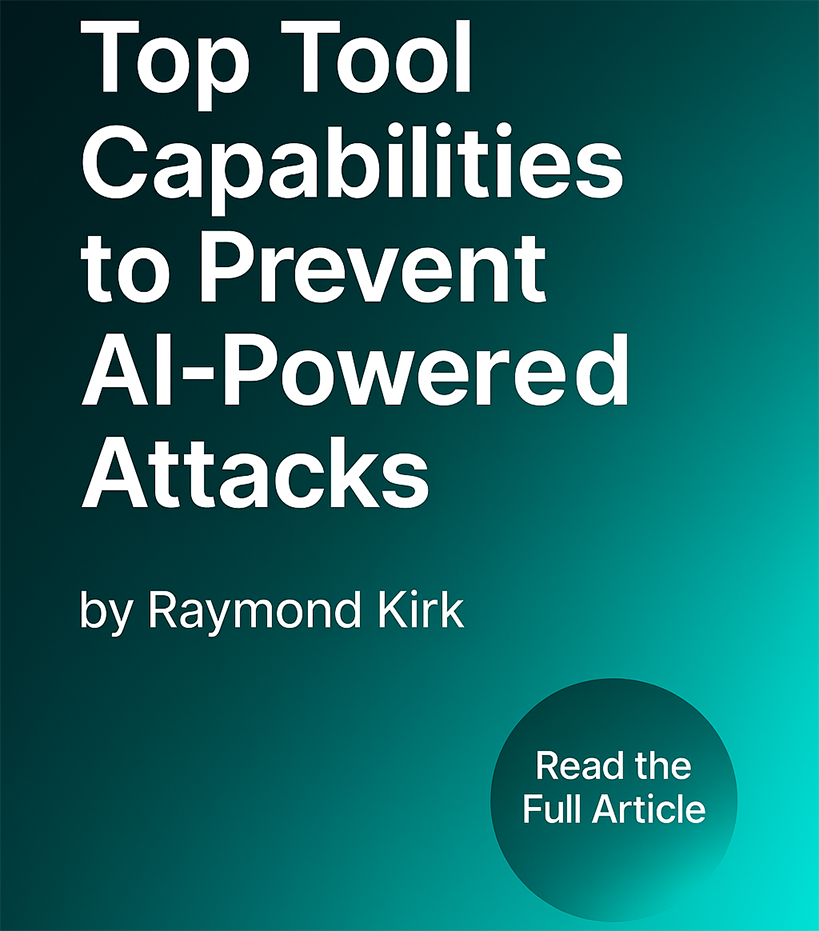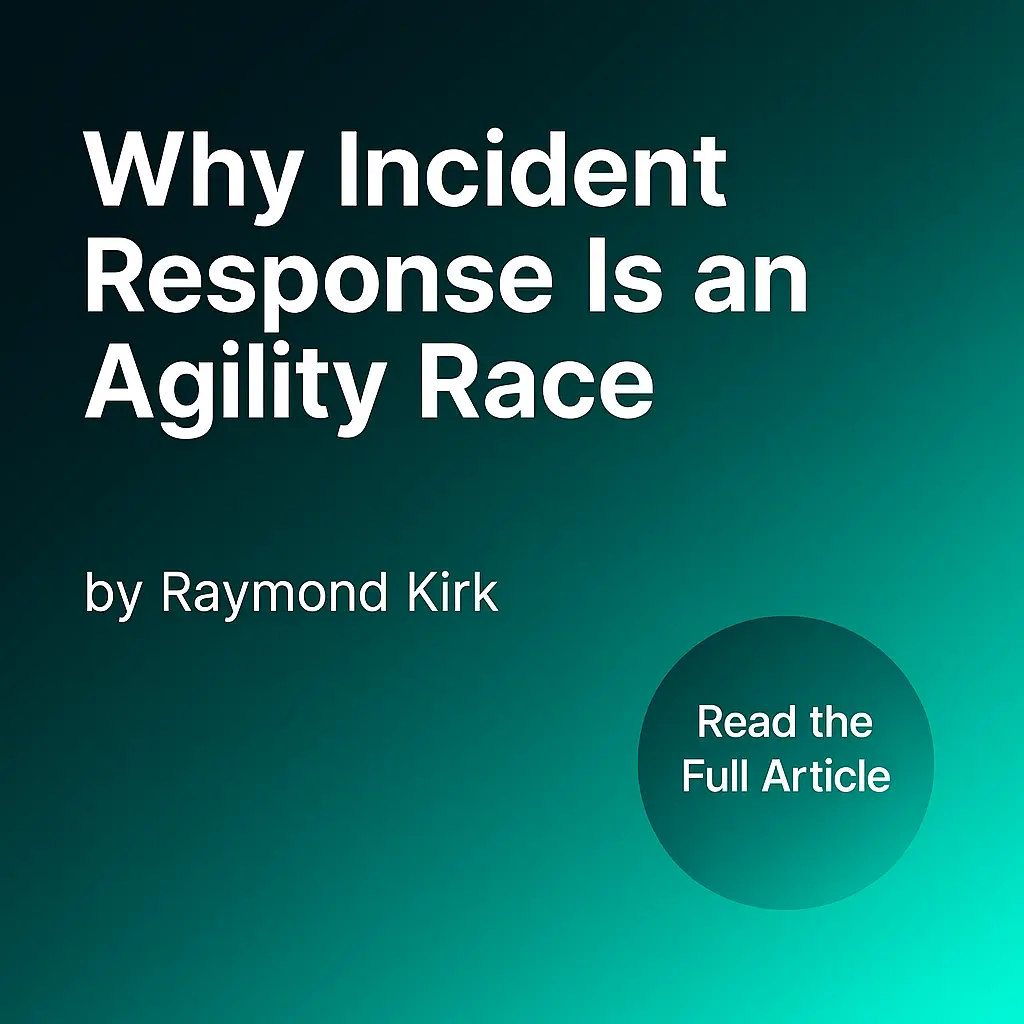Recap Summary: Top Tool Capabilities to Prevent AI‑Powered Attacks
By Raymond Kirk – Originally published December 11, 2024 on Wallarm Lab
Artificial Intelligence is transforming cybersecurity—for better and worse. In this post, I break down how threat actors use AI and ML to launch faster, smarter, and more adaptive attacks, and how today’s best-in-class tools fight back 💥.
🧠 AI’s Dark Side: What Threat Actors Are Doing
Automated vulnerability exploitation: AI tools can crawl and exploit APIs at non-human speed—meaning zero-day attacks can hit multiple targets in seconds via automated code scans and exploitation workflows.
Adaptive bot behavior: Advanced bots now mimic humans—varying request patterns and IPs to slip past captchas and rate-limits lab.wallarm.com.
AI-phishing & deepfakes: Scalpel-sharp social engineering campaigns, and even fake audio/video, are becoming defaults for cybercriminals .
🛡️ Winning Toolkit: Features That Work
Wallarm and similar platforms fight AI-driven attacks using intelligent, defense-grade toolsets:
AI-powered threat detection – Utilizes ML to analyze traffic in real-time, spotting anomalies beyond signature-based methods .
Behavioral analytics – Builds “normal” user and machine behavior profiles to detect deviations indicative of automated or malicious intent
Deep traffic & payload inspection – Combining packet-level, flow-level, and AI-enhanced decoding to catch complex attacks hidden in payloads lab.wallarm.com.
🔑 Why This Matters for You
Proactive defense: AI arms both attackers and defenders; the key is staying ahead with adaptive tools.
Scale & agility: Only AI-augmented detection can respond to rapid, automated attack surges.
Operational confidence: As attacks evolve, your security must evolve—making smart AI-integration non-negotiable.
💡 Craving a deep dive into each capability and real-world use cases? Read the full article on Wallarm Lab—your playbook for fighting AI-driven threats.


